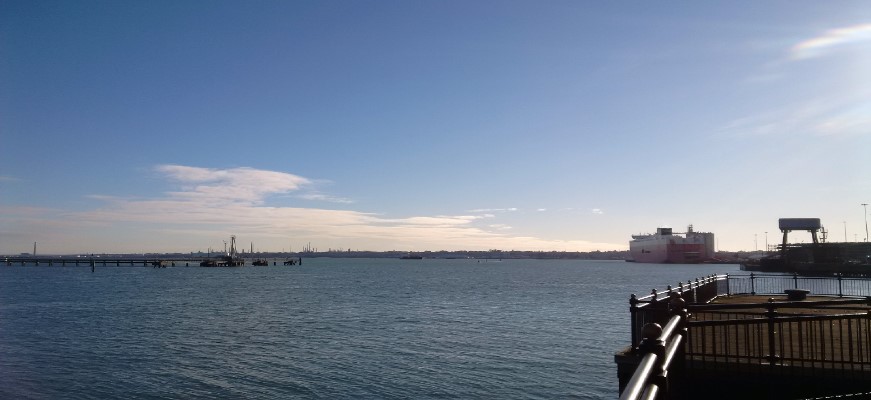Flood advice for developers
Any future development in areas where flood risk exists (including surface water flood risk) must be designed to withstand the possibility of flooding over the proposed lifetime of the development, with allowances for climate change. More detailed information and requirements that you must follow as a developer can be found in the following documents:
Level Two Strategic Flood Risk Assessment (SFRA)
The Level Two Assessment and accompanying mapping provides the information necessary to apply the Exception Test. View:
Preliminary Flood Risk Assessment
A high-level screening exercise to identify areas where there is a significant risk of flooding, using both historic and modelled future flood data.
View the Preliminary Flood Risk Assessment.
Please use the following links for the government’s planning policies for England and how these are expected to be applied.
- National Planning Policy Framework
- Planning Practice Guidance
- Environment Agency’s Standing Advice pages
Sustainable urban drainage systems (SuDS)
Since April 2015, all major developments have to incorporate sustainable drainage to manage surface water runoff, unless it is demonstrated to be inappropriate.

Sustainable drainage systems are designed to mimic natural drainage processes to manage surface water locally. They are designed to manage both flooding and pollution risks resulting from urban runoff and contribute wherever possible to environmental enhancement.
SuDS features include:
- Green roofs
- Permeable pavements
- Soakaways (geo-cellular crates)
- Retention ponds
- Infiltration basins and trenches
- Rainwater harvesting
- Swales
- Rain gardens
Paragraph 165 of the National Planning Policy Framework sets out that all “Major developments should incorporate sustainable drainage systems unless there is clear evidence that this would be inappropriate.” The management of surface water should be demonstrated as part of the Site Specific Flood Risk Assessment ensuring the proposed drainage system will reduce flood risk to the site itself and elsewhere whilst taking climate change into account.
Developers are advised to follow the non-statutory technical standards for sustainable drainage systems. These should be used in conjunction with the National Planning Policy Framework and Planning Practice Guidance.
As the lead local flood authority, we are a statutory consultee on major planning applications for surface water management.
We have produced Local SuDS Design Guidance to assist developers, designers and consultants who are seeking guidance on the requirements for the design of sustainable drainage systems in Southampton.
This guidance should complement the National Standards and will be used by us when consulting on planning applications relating to sustainable drainage.
Pre-application advice should be sought from us as early in the planning process as possible, in order to identify all design requirements, issues, and opportunities, as well as to avoid delays in the later planning stages.
Further information on incorporating SuDS at the master planning stage can be found in a guide for master planning sustainable drainage into developments (2013).
North Solent Shoreline Management Plan
What is the North Solent Shoreline Management Plan (NSSMP)?
The North Solent Shoreline Management Plan is a high level, non-statutory, policy document that sets out a framework for the management of over 240 miles of coastline and coastal defences. The NSSMP utilises multiple policy units along the coast that help to implement more relevant strategies in localised areas. The policy units apply one of four management policies, as listed below:
- Hold the line (HTL) – Maintain or upgrade the level of protection provided by existing coastal defences
- Advance the line (ATL) - Build new defences seaward of the existing defence line
- Managed realignment (MR) - Allow the shoreline to move backwards, with management to control or limit movement
- No active intervention (NAI) - A decision not to invest in providing or maintaining defences
Southampton policy units
There are three policy units that cover Southampton, leading from Netley Castle to Redbridge. These management policies are implemented for a certain timeframe known as an epoch. The epochs allow the policy units to change in accordance with expected future changes such as climate change.
Policy 5C10:
- Epoch one (2011-2025) – HTL
- Epoch two (2025-2055) – HTL
- Epoch three (2055-2105) – HTL
Policy 5C11:
- Epoch one (2011-2025) – HTL
- Epoch two (2025-2055) – HTL
- Epoch three (2055-2105) – NAI
Policy 5C12:
- Epoch one (2011-2025) – HTL
- Epoch two (2025-2055) – HTL
- Epoch three (2055-2105) – HTL


